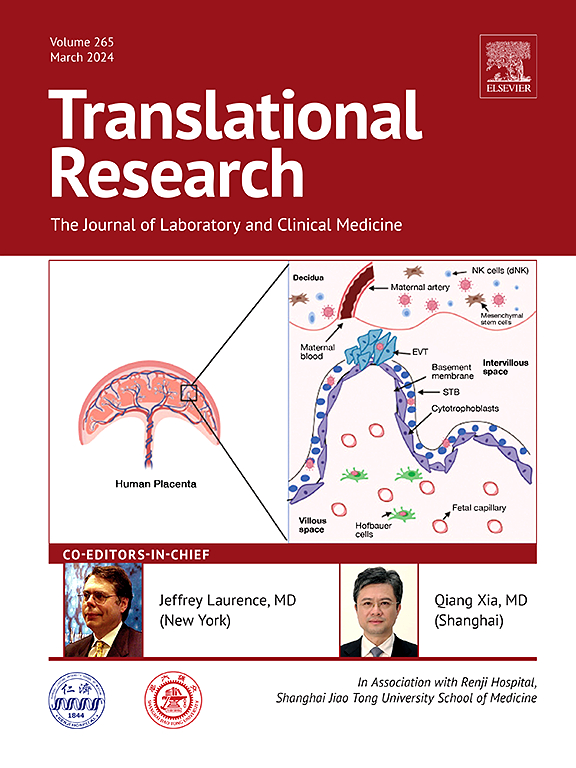Diagnostic, prognostic, and predictive biomarkers in gastric cancer: from conventional to novel biomarkers
IF 5.9
2区 医学
Q1 MEDICAL LABORATORY TECHNOLOGY
引用次数: 0
Abstract
Gastric cancer is a major health concern worldwide. The survival rate of Gastric cancer greatly depends on the stage at which it is diagnosed. Early diagnosis is critical for improving survival outcomes. To improve the chances of early diagnosis, regular screening tests, such as an upper endoscopy or barium swallow, are recommended for individuals at a higher risk due to factors like family history or a previous diagnosis of gastric conditions. Biomarkers can be detected and measured using non-invasive methods such as blood tests, urine tests, breath analysis, or imaging techniques. These non-invasive approaches offer many advantages, including convenience, safety, and cost-effectiveness, making them valuable tools for disease diagnosis, monitoring, and research. Biomarker-based tests have emerged as a useful tool for identifying gastric cancer early, monitoring treatment response, assessing the recurrence risk, and personalizing treatment plans. In this current review, we have explored both classical and novel biomarkers for gastric cancer. We have centralized their potential clinical application and discussed the challenges in Gastric cancer research.
胃癌的诊断、预后和预测生物标志物:从传统生物标志物到新型生物标志物。
胃癌是全球关注的一大健康问题。胃癌的存活率在很大程度上取决于确诊时所处的阶段。早期诊断是提高生存率的关键。为了提高早期诊断的几率,建议因家族史或曾被诊断患有胃病等因素而患胃癌的高危人群进行定期筛查,如上消化道内窥镜检查或吞钡检查。生物标志物可通过血液检测、尿液检测、呼气分析或成像技术等非侵入性方法进行检测和测量。这些非侵入性方法具有许多优点,包括方便、安全和成本效益高,是疾病诊断、监测和研究的重要工具。基于生物标志物的检测已成为早期识别胃癌、监测治疗反应、评估复发风险和个性化治疗方案的有用工具。在本综述中,我们探讨了胃癌的经典和新型生物标记物。我们集中探讨了它们的潜在临床应用,并讨论了胃癌研究面临的挑战。
本文章由计算机程序翻译,如有差异,请以英文原文为准。
求助全文
约1分钟内获得全文
求助全文
来源期刊

Translational Research
医学-医学:内科
CiteScore
15.70
自引率
0.00%
发文量
195
审稿时长
14 days
期刊介绍:
Translational Research (formerly The Journal of Laboratory and Clinical Medicine) delivers original investigations in the broad fields of laboratory, clinical, and public health research. Published monthly since 1915, it keeps readers up-to-date on significant biomedical research from all subspecialties of medicine.
 求助内容:
求助内容: 应助结果提醒方式:
应助结果提醒方式:


